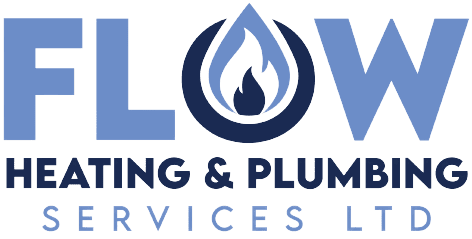Introduction to gas safety at home
Gas safety is a paramount concern for every household. With the widespread use of gas for heating, cooking, and other purposes, understanding and adhering to safety protocols is not just important – it’s essential. This article delves into the world of gas safety, highlighting the importance of being vigilant and informed about the gas appliances in your home.
Understanding gas: types and uses in the home
In many homes, natural gas and Liquefied Petroleum Gas (LPG) are the main types of gas used. Each type has its specific characteristics and applications. Natural gas, primarily methane, is commonly used for heating and cooking due to its efficiency and relatively lower environmental impact. LPG, comprising propane or butane, is often used where natural gas isn’t available. Understanding these types helps in implementing appropriate safety measures.
Recognising gas hazards
One of the first steps in ensuring gas safety is recognising potential hazards. Gas leaks, often due to faulty appliances or connections, can pose serious health risks. Being aware of the signs of a gas leak, such as a rotten egg smell (added to gas for detection), hissing sounds from gas appliances, or unexplained headaches and dizziness, is crucial.
Preventive measures for gas safety
Prevention is key in gas safety. Regular maintenance of your gas appliances by qualified professionals is vital. This includes checking for leaks, ensuring appliances are in good working condition, and verifying that ventilation systems are not blocked. Good ventilation prevents the buildup of harmful gases, safeguarding against potential health risks.
Safe installation of gas appliances
Whether you’re installing a new gas stove or a heating system, it’s crucial to follow safety guidelines. Professional installation is recommended to ensure compliance with safety standards. For DIY enthusiasts, understanding the basics, such as ensuring tight connections and using the correct fittings, is important.
Detecting gas leaks: tools and techniques
Gas detectors are essential tools in identifying leaks. They come in various types, such as battery-operated or plug-in models, and should be installed near gas appliances. Regular manual inspections of appliances and connections also play a crucial role in early leak detection.
Responding to a gas leak
In the event of a gas leak, immediate action is required. This includes turning off the gas supply, ventilating the area, and avoiding the use of electrical switches or open flames. If the leak is substantial, evacuating the premises and contacting emergency services is paramount.
Gas safety in the kitchen
The kitchen, with its gas stoves and ovens, is a focal point for gas safety. Ensuring that these appliances are correctly installed, regularly maintained, and used safely is vital. This includes monitoring flame color – a consistent blue flame indicates proper functioning – and keeping combustible materials away.
Ensuring safety with gas heating systems
Gas heaters, commonly used for home heating, require special attention. Regular maintenance checks, particularly before the winter season, are essential. Safe operation involves adequate ventilation and keeping flammable materials at a safe distance.
Gas safety for children and pets
Children and pets can be particularly vulnerable to gas-related accidents. Educating children about the dangers of gas and establishing safety rules are necessary steps. Ensuring that gas appliances are out of reach of pets and children helps prevent accidental tampering.
Gas safety during emergencies
In emergencies like earthquakes or floods, knowing how to shut off the gas supply can prevent further hazards. Preparation involves familiarising yourself with the gas meter and main valve and having the necessary tools at hand. Planning for such scenarios is an integral part of home safety.
Myths and facts about gas safety
Misconceptions about gas safety can lead to dangerous practices. Debunking these myths is crucial. For instance, the belief that all gas leaks are detectable by smell is not always true, emphasising the importance of gas detectors.
Legal and compliance aspects of gas safety
Gas safety isn’t just a matter of personal diligence; it’s also a legal requirement. Understanding and adhering to local regulations and ensuring your appliances meet certification standards are essential for compliance and safety.
Gas safety: tips and best practices
To ensure the safety of your home, a comprehensive checklist is indispensable. This includes regular maintenance schedules, safe usage practices, and awareness of the signs of gas leaks. Seasonal tips, such as checking heating systems before winter, also play a vital role.
In conclusion, gas safety at home requires a combination of knowledge, vigilance, and proactive measures. By understanding the risks, implementing safety practices, and staying informed about new technologies and regulations, you can ensure a safe and secure environment for you and your loved ones.


